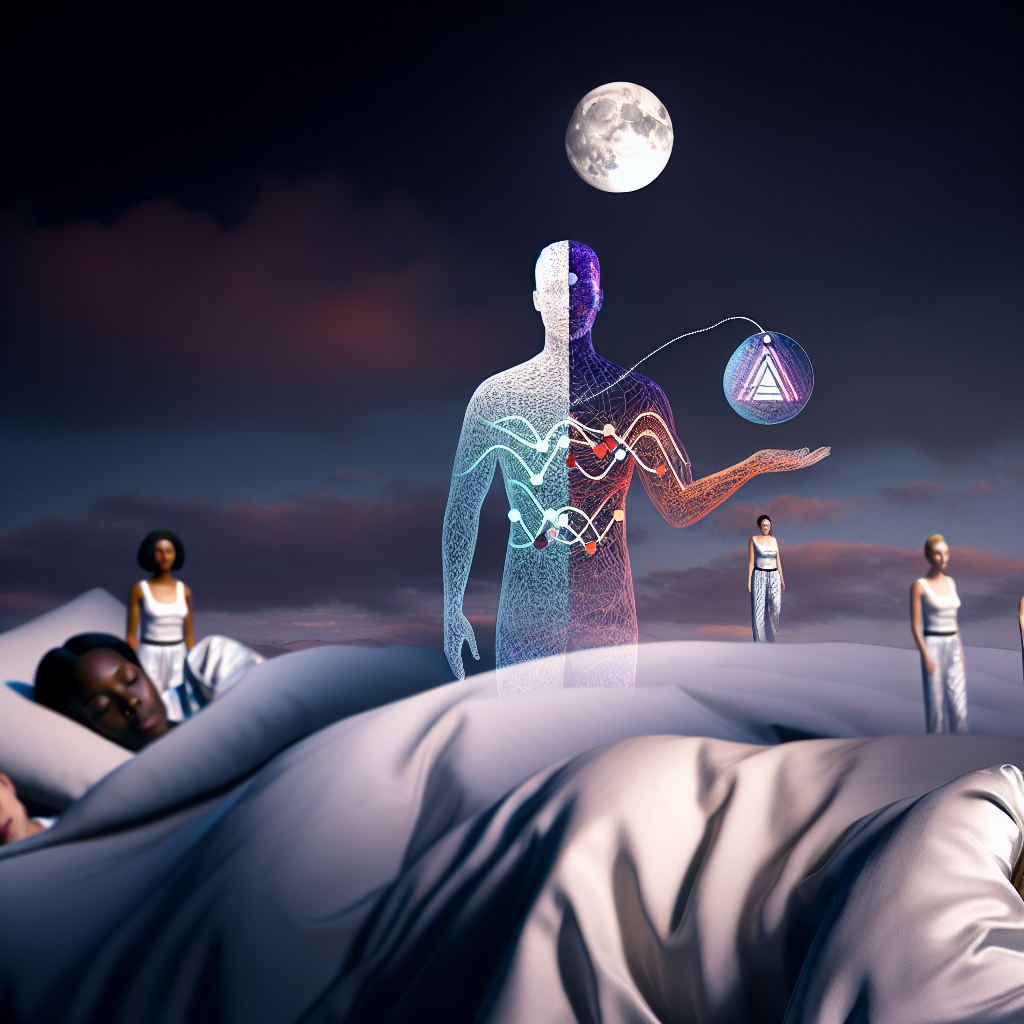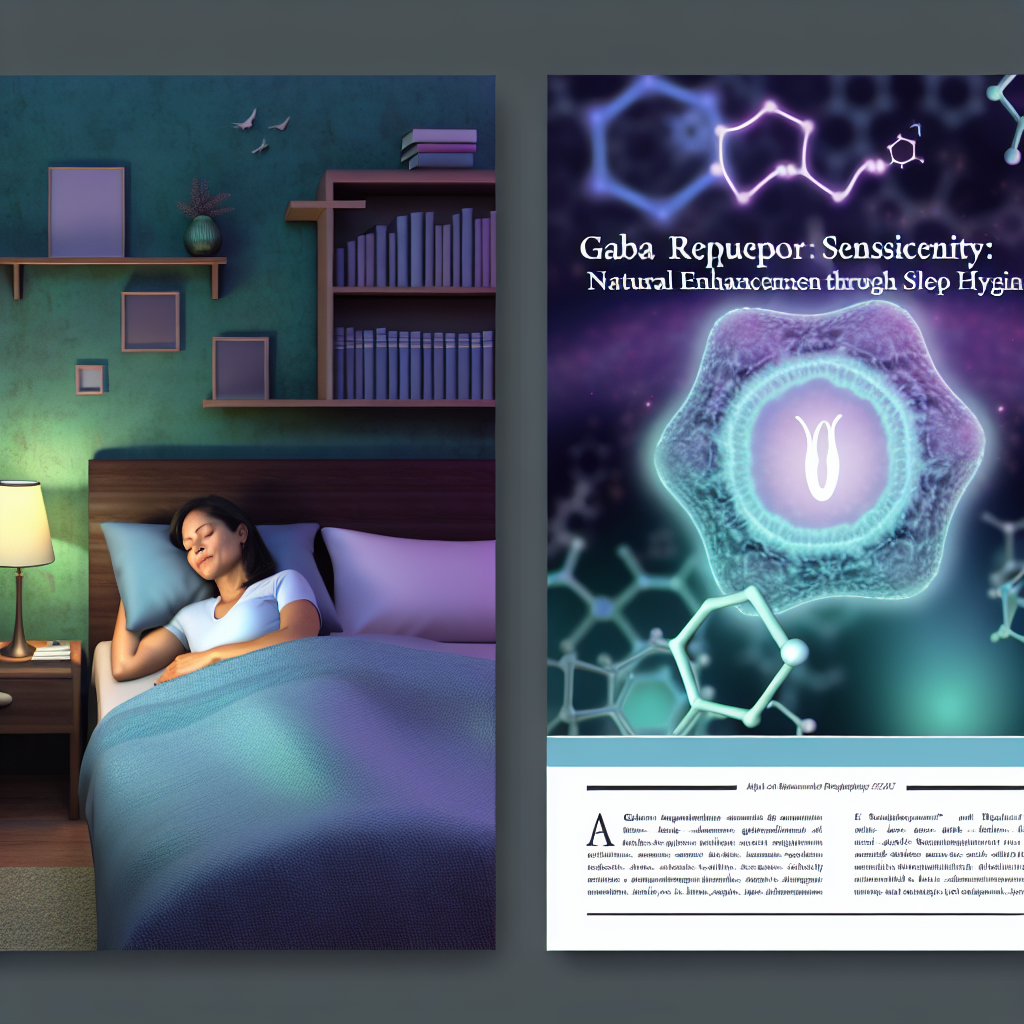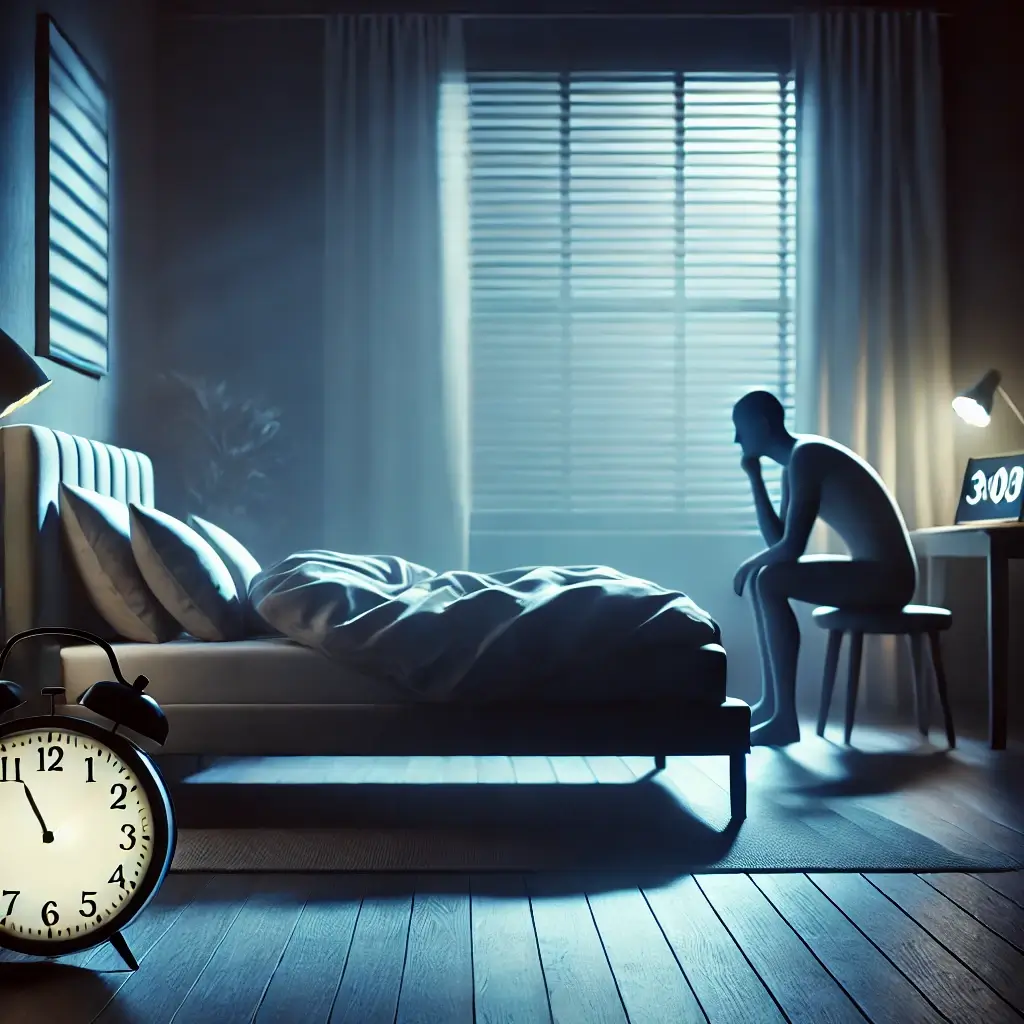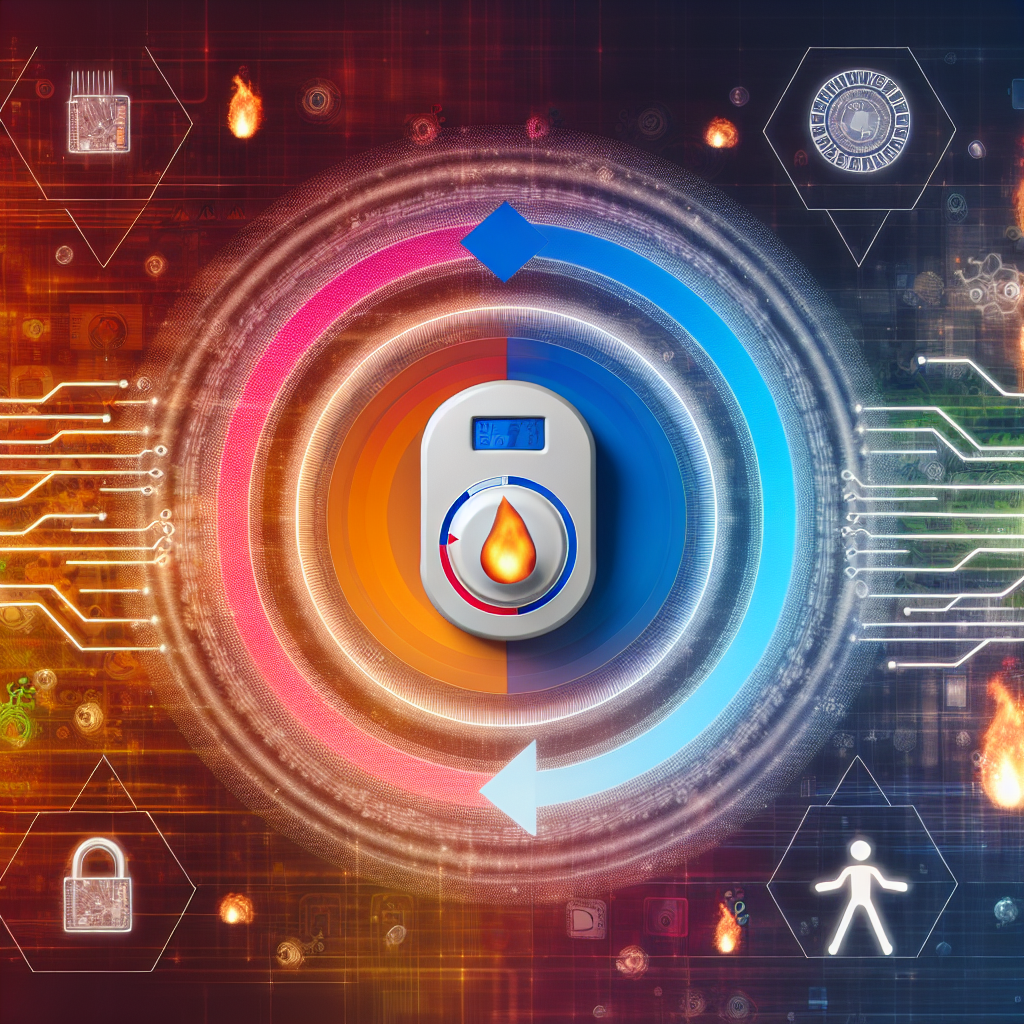Unlocking Better Rest: How Wear-Free Movement Detection Is Transforming Sleep Fragmentation Monitoring
Discover how cutting-edge, contactless technologies are making sleep monitoring more comfortable, insightful, and effective for everyone—from infants to the elderly.
Why Sleep Fragmentation is the Silent Threat to Restorative Sleep
In our increasingly fast-paced society, sleep health is becoming more recognized as a cornerstone of holistic wellness, yet continues to be one of the most misunderstood areas of human physiology. One vital aspect of sleep health is sleep fragmentation, a term referencing disruptions in sleep continuity that can significantly impair the restorative quality of our rest. These disruptions often go unnoticed, especially if the individual does not fully awaken. Over time, frequent interruptions to the sleep cycle can contribute to a variety of health issues including impaired cognitive function, mood disorders, and chronic conditions like hypertension and diabetes.
Traditionally, understanding sleep fragmentation required either subjective sleep diaries or the use of wearable devices such as smartwatches or fitness trackers. While these methods offer some insight, they can be limited by user compliance, data inconsistency, or simply discomfort caused by wearing tracking devices during sleep. To overcome these challenges, innovations in sleep technology are turning to non-invasive, wear-free alternatives.
No Contact, No Problem: The Rise of Wear-Free Movement Detection
One of the most promising developments in this field is the use of wear-free movement detection technology. These systems employ advanced motion-sensing technologies, such as radar systems, piezoelectric sensors, or pressure-sensitive mats, which are placed beneath mattresses or integrated into bed frames. These technologies track nocturnal movements and breathing patterns without physical contact, offering a comprehensive and precise analysis of sleep behaviors—especially fragmentation patterns—without disturbing the user’s rest.
Beyond just convenience, this approach opens up a world of possibilities in sleep monitoring for all age groups—from infants to the elderly—without the limitations previously imposed by wearables. Children who find wearables uncomfortable or elderly individuals with restricted mobility can also benefit from continuous, accurate monitoring, which can inform behavioral or medical interventions as needed.
Understanding the nature of sleep fragmentation and how it can be reliably detected with wear-free technologies is essential not just for clinicians and sleep researchers, but for anyone invested in optimizing their health. Today’s sleep monitoring technologies are not just about tracking how long we sleep but understanding how well we sleep. In this article, we delve into how wear-free movement detection is revolutionizing the identification of sleep fragmentation patterns and pushing the boundaries of personalized sleep health.
Backed by Science: How Studies Validate Wear-Free Sleep Technologies
Emerging wear-free sleep tracking technologies are reshaping the field of sleep science through high-resolution, contactless monitoring. These systems typically use ultra-wideband (UWB) radar, radio-frequency (RF) sensors, or ballistocardiography (BCG) to record physiological signals such as heart rate, respiratory rate, and gross motor movements—each an important proxy for sleep quality and fragmentation.
A notable study, published in npj Digital Medicine (2020) by researchers at MIT and Massachusetts General Hospital, evaluated the accuracy of radio-frequency-based sleep monitoring systems. The researchers found that RF sensors could detect major sleep phases and fragmentation events with over 80% concordance when compared to polysomnography (PSG), the gold standard of sleep diagnostics. This highlights that wear-free systems can potentially serve as effective alternatives to clinical settings for long-term sleep analysis. Read the study here.
Another study published in IEEE Sensors Journal (2021) investigated an under-mattress piezoelectric system that can detect micro-arousals—brief shifts in sleep stage often indicative of fragmentation. The system correlated closely with PSG-based measurements, particularly in identifying sleep disturbances in patients with insomnia. Importantly, participants reported higher overall comfort and compliance than when using wearable devices. IEEE Sensors Journal study
Long-term monitoring via wear-free technologies has also been explored for populations with neurodegenerative diseases, such as Alzheimer’s, where sleep fragmentation is both a symptom and potential early indicator. A 2019 study published in Frontiers in Neurology used passive sensors to assess movement related to sleep fragmentation in elderly patients. The researchers suggested such technology could be used to detect changes in sleep efficiency months before cognitive decline becomes clinically apparent. Frontiers in Neurology study
Because these systems are unobtrusive, they are particularly beneficial for pediatric monitoring, where comfort and minimal disruption are paramount. Several hospitals have begun integrating radar-based sleep sensors into neonatal intensive care units (NICUs) to monitor premature babies’ sleep fragmentation and vital trends.
The Future of Sleep Health is Wear-Free—and It Starts Now
Good sleep is essential at every stage of life, yet the quality of our sleep is often compromised by invisible and unnoticed interruptions. Sleep fragmentation, though sometimes subtle, can have far-reaching consequences on our health—from mood and memory to heart function and immunity. As we seek greater insights into our sleep behaviors, technologies must evolve beyond conventional tools.
Wear-free movement detection technology represents a monumental advancement in sleep monitoring. It simplifies the process of tracking sleep fragmentation by removing the need for uncomfortable wearables without sacrificing accuracy. With validation from multiple studies affirming its efficacy, this new generation of sleep tech is poised to make personalized, data-driven sleep care a daily reality for individuals and healthcare providers alike.
By embracing these advancements, we have the opportunity to transform our understanding of healthy sleep—not just in clinical settings but in everyday life. Whether for managing a chronic condition, optimizing athletic performance, or simply improving well-being, analyzing sleep fragmentation using wear-free technologies is a significant step toward a more restful and healthier future.
References
- A contactless sleep and respiration monitoring system using radio-frequency signals: validation study. npj Digital Medicine (2020)
- Piezoelectric Sensor-Based Sleep Monitoring: Comparison against Polysomnography. IEEE Sensors Journal (2021)
- Applications of Unobtrusive Sleep Monitoring in Neurodegenerative Disease. Frontiers in Neurology (2019)
- American Academy of Sleep Medicine. Sleep fragmentation clinical implications
Concise Summary:
This article explores how innovative, wear-free movement detection technologies are transforming the monitoring of sleep fragmentation – the often invisible disruptions to sleep continuity that can significantly impact health. By employing contactless sensors, these advanced systems provide accurate, long-term sleep analysis without the limitations of traditional wearable devices. With validation from multiple studies, this new generation of sleep technology is poised to make personalized, data-driven sleep care accessible to individuals and healthcare providers alike.

Dominic E. is a passionate filmmaker navigating the exciting intersection of art and science. By day, he delves into the complexities of the human body as a full-time medical writer, meticulously translating intricate medical concepts into accessible and engaging narratives. By night, he explores the boundless realm of cinematic storytelling, crafting narratives that evoke emotion and challenge perspectives.
Film Student and Full-time Medical Writer for ContentVendor.com




